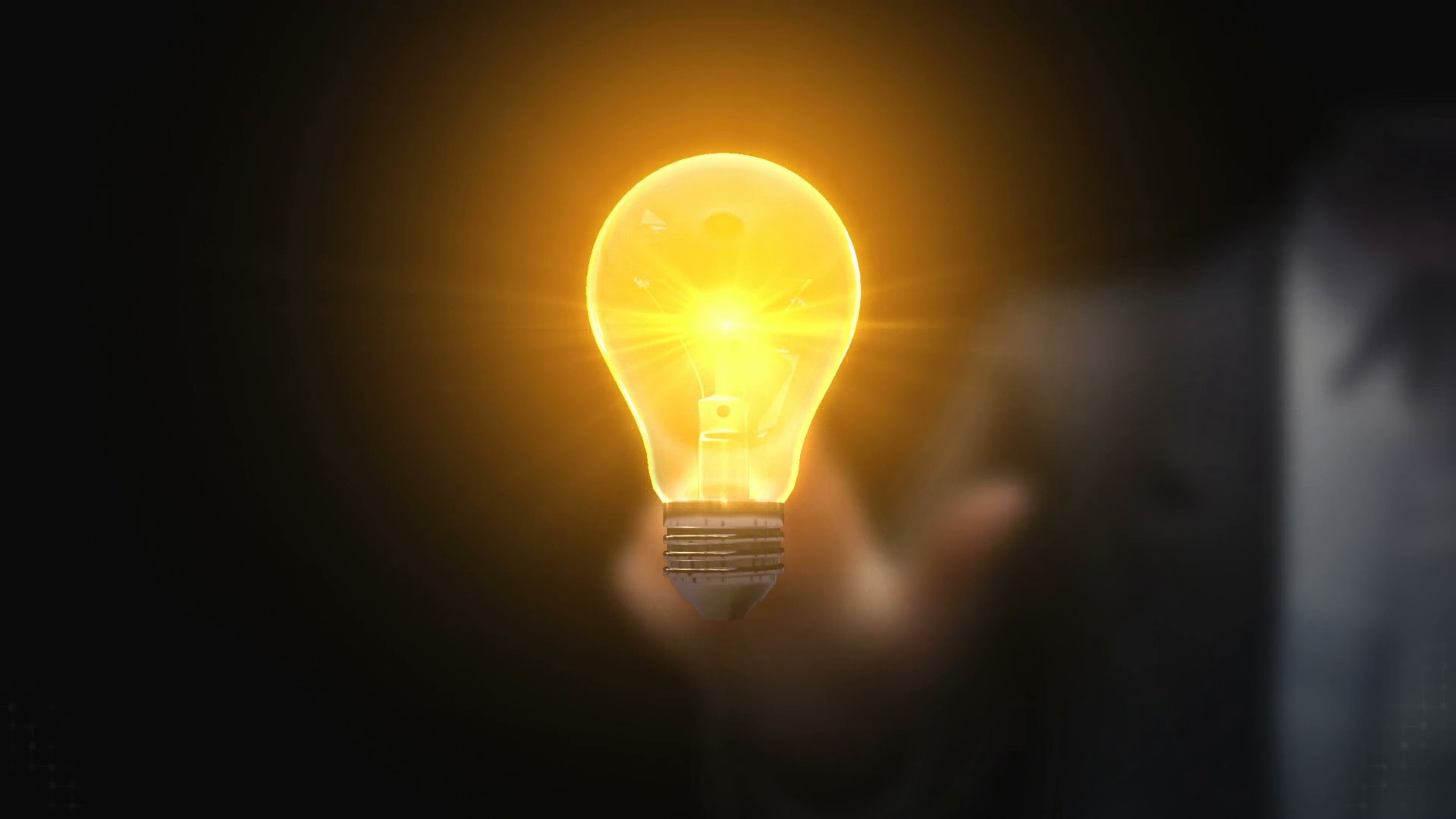

Articles
What Is A Light Bulb
Modified: March 1, 2024
Learn all about light bulbs and their different types with our comprehensive articles. Get expert tips and advice on choosing the right light bulb for your needs.
(Many of the links in this article redirect to a specific reviewed product. Your purchase of these products through affiliate links helps to generate commission for Storables.com, at no extra cost. Learn more)
Introduction
Light bulbs are a common household item that we often take for granted. They illuminate our homes, workplaces, and public spaces, allowing us to see and carry out our daily tasks. But have you ever wondered about the history and inner workings of this remarkable invention?
In this article, we will explore the fascinating world of light bulbs, from their origins to the advancements in technology that have revolutionized the way we light up our lives. We will also delve into the different types of light bulbs available, their energy efficiency, and their environmental impact.
So, let’s turn on the switch and shed some light on the captivating world of light bulbs!
Key Takeaways:
- Light bulbs have evolved from ancient fire-based methods to energy-efficient LED bulbs, offering a wide range of options for illuminating our world while minimizing environmental impact.
- Understanding the history, workings, and environmental implications of light bulbs empowers us to make informed choices, contributing to a greener and more sustainable future.
Read more: What Is An LED Light Bulb
History of Light Bulbs
The history of light bulbs dates back to ancient times when humans first discovered the power of fire. Early civilizations used various methods to create light, including torches, oil lamps, and candles. However, these methods were limited in their duration and required constant maintenance.
The invention of the incandescent light bulb in the late 19th century revolutionized the way we illuminate our surroundings. Thomas Edison is often credited with the invention of the modern electric light bulb, but the truth is that the concept had been explored by several inventors before him.
One of these inventors was Sir Humphry Davy, an English chemist who experimented with electric arc lamps in the early 1800s. While his invention produced light, it was not practical for everyday use due to its high cost and the intense heat it generated.
It wasn’t until Thomas Edison came along that the incandescent light bulb became a practical and commercially viable solution. In 1879, Edison successfully developed a carbon filament that could burn for extended periods without burning out. This led to the creation of the first long-lasting and affordable light bulb.
Over the years, various improvements were made to the incandescent light bulb, including the use of tungsten filaments that increased its efficiency and durability. However, this type of bulb suffered from low energy efficiency, as a significant portion of its energy was converted into heat rather than light.
This led to the development of other types of light bulbs, such as fluorescent and LED bulbs, which we will discuss in more detail later in this article.
Today, the incandescent bulb is still used in some applications, but it has largely been phased out in favor of more energy-efficient alternatives. The invention and evolution of the light bulb have not only illuminated our world but also paved the way for countless technological advancements that rely on artificial lighting.
Now that we have explored the history of light bulbs, let’s delve deeper into how they actually work.
How Light Bulbs Work
Light bulbs may seem like simple devices, but they actually involve a complex process that allows them to produce light. The most common type of light bulb, the incandescent bulb, operates based on a principle known as incandescence.
Inside an incandescent light bulb, there is a thin filament made of tungsten. When an electric current passes through the filament, it heats up to an extremely high temperature, causing it to glow and emit light. The filament is enclosed in a glass bulb filled with an inert gas, such as argon, to prevent it from oxidizing and burning out quickly.
As the tungsten filament heats up, it emits light in the visible spectrum, which allows us to see. However, the incandescent bulb is not very energy-efficient because a significant amount of the electrical energy is converted into heat rather than light.
Another type of light bulb commonly used today is the fluorescent bulb. These bulbs operate based on a different principle known as fluorescence. Inside a fluorescent bulb, there is a small amount of mercury vapor. When an electric current passes through the vapor, it excites the mercury atoms, causing them to emit ultraviolet (UV) light.
The UV light then interacts with a phosphor coating on the inside of the bulb, causing it to fluoresce and emit visible light. Fluorescent bulbs are much more energy-efficient than incandescent bulbs and can last significantly longer. However, they do require a ballast to regulate the electrical current.
In recent years, light-emitting diode (LED) bulbs have gained popularity due to their high energy efficiency and long lifespan. LED bulbs work based on electroluminescence, which is the process of emitting light when an electric current passes through certain materials.
Inside an LED bulb, there is a semiconductor material that emits light when electrons and electron holes recombine. The color of the light emitted depends on the specific materials used in the LED. LED bulbs are extremely energy-efficient and can last for tens of thousands of hours.
It’s important to note that different types of light bulbs require different fixtures and voltage levels. Therefore, it’s essential to choose the right type of bulb for your specific lighting needs and ensure compatibility with your existing fixtures.
Now that we understand how light bulbs work, let’s explore the various types of light bulbs available in the market today.
Types of Light Bulbs
There are several types of light bulbs available in the market today, each with its own unique characteristics and uses. Let’s take a closer look at some of the most popular types:
- Incandescent Bulbs: The traditional incandescent bulbs are the most familiar type. They produce a warm, yellowish light and are available in various shapes and sizes. However, they are not very energy-efficient and have a relatively short lifespan.
- Fluorescent Bulbs: Fluorescent bulbs are tube-shaped and produce cool, white light. They are commonly used in large commercial spaces, offices, and residential areas that require bright lighting. Although more energy-efficient than incandescent bulbs, they do contain small amounts of mercury and require proper disposal.
- LED Bulbs: Light-emitting diode (LED) bulbs have gained popularity in recent years due to their energy efficiency and long lifespan. They are available in various colors and can be dimmable. LED bulbs are suitable for both residential and commercial use and are compatible with different types of fixtures.
- Halogen Bulbs: Halogen bulbs are similar to incandescent bulbs but contain a small amount of halogen gas. They produce a bright white light and are commonly used for task lighting and accent lighting. Halogen bulbs are more energy-efficient than traditional incandescent bulbs but still produce a significant amount of heat.
- CFL Bulbs: Compact fluorescent lamps (CFL) bulbs are a more energy-efficient alternative to traditional incandescent bulbs. They provide bright white light and are available in various shapes and sizes. CFL bulbs contain small amounts of mercury and require proper recycling at the end of their lifespan.
When choosing a light bulb, it’s important to consider factors such as brightness level, color temperature, compatibility with fixtures, and energy efficiency. Additionally, it’s worth exploring newer technologies, such as smart bulbs and dimmable LED bulbs, which offer added features and control options.
Now that we’ve covered the different types of light bulbs, let’s move on to discussing the importance of energy efficiency when it comes to lighting.
When buying a light bulb, consider the lumens (brightness) and the color temperature (warm or cool light). Higher lumens provide brighter light, while lower color temperatures produce warmer, more yellow light.
Energy Efficiency and Light Bulbs
Energy efficiency is a crucial consideration when choosing light bulbs. Not only does it reduce electricity consumption and lower energy bills, but it also contributes to environmental sustainability. Let’s explore the importance of energy efficiency in light bulbs:
Traditional incandescent bulbs are known for their inefficiency, as a significant amount of the energy they consume is wasted as heat rather than light. In contrast, energy-efficient bulbs such as CFLs, LEDs, and halogen bulbs convert a higher percentage of the energy they consume into light, making them more environmentally friendly and cost-effective in the long run.
Compact fluorescent lamps (CFLs) are considered a significant improvement in energy efficiency compared to incandescent bulbs. They use about 75% less energy while producing the same amount of light. This not only reduces electricity consumption but also helps to lower greenhouse gas emissions associated with electricity generation.
LED bulbs are the most energy-efficient option available today. They use up to 80% less energy than incandescent bulbs and have a much longer lifespan, requiring less frequent replacement. This not only saves energy and money but also reduces waste since fewer bulbs need to be disposed of.
In recent years, there has been a widespread shift towards LED lighting due to its exceptional energy efficiency and additional benefits. LED bulbs provide instant illumination, are compatible with dimmers, and offer greater flexibility in terms of color temperature and brightness control.
The choice of energy-efficient light bulbs ultimately depends on personal preferences, lighting requirements, and budget considerations. However, it is important to keep in mind that the initial cost of energy-efficient bulbs may be higher than traditional incandescent bulbs. Nevertheless, the long-term energy savings and extended lifespan of these bulbs make them a more financially viable and environmentally responsible choice.
Many countries and regions have implemented energy efficiency standards and regulations that promote the use of energy-efficient lighting. These measures aim to reduce energy consumption, decrease greenhouse gas emissions, and mitigate the impact of lighting on the environment.
As consumers, we can contribute to energy efficiency by making informed choices when it comes to lighting. By opting for energy-efficient bulbs and adopting energy-saving practices such as turning off lights when not in use and using natural light whenever possible, we can play our part in conserving energy and protecting the planet.
Next, let’s explore the advancements in light bulb technology that have further enhanced energy efficiency and functionality.</p
Read more: What Is CFL Light Bulb
Advancements in Light Bulb Technology
Over the years, there have been significant advancements in light bulb technology, resulting in more energy-efficient and functional lighting options. Let’s explore some of these advancements:
LED Technology: Light-emitting diode (LED) technology has transformed the lighting industry. LEDs are highly energy-efficient, durable, and versatile. They offer a wide range of color temperatures, allowing users to customize the lighting ambiance to their preference. LED bulbs also have a long lifespan, reducing the need for frequent replacements.
Smart Lighting: The advent of smart lighting systems has revolutionized the way we control and customize our lighting. With the help of wireless connectivity and smartphone apps, users can adjust the brightness, color, and scheduling of their lights. Smart lighting systems also offer features such as voice control, integration with other smart devices, and energy monitoring capabilities.
Improved Color Rendering: Color rendering is an essential aspect of lighting, especially in applications where accurate color representation is crucial, such as retail settings and art galleries. Advancements in light bulb technology have led to bulbs with better color rendering capabilities, providing more natural and vibrant lighting experiences.
Dimmable Options: Dimmable bulbs have become increasingly popular as they allow users to adjust the brightness of their lights according to their needs and preferences. Many energy-efficient bulbs, including LEDs and CFLs, are now available in dimmable versions, offering flexibility and control over the lighting atmosphere.
Lighting Controls: Beyond dimming, lighting controls have become more advanced and user-friendly. From motion sensors that automatically turn lights on and off to programmable timers and remote control options, these advancements in lighting control technology offer convenience and energy savings by ensuring that lights are only on when needed.
Incorporation of IoT: The Internet of Things (IoT) has made its way into the lighting industry, enabling smart bulbs and lighting systems to be integrated into larger home automation networks. This allows for seamless control and synchronization of lighting settings with other smart devices and features in the home.
Sustainability Measures: Light bulb manufacturers have been mindful of the environmental impact in their design and production processes. This includes reducing the use of hazardous materials such as mercury in CFL bulbs and improving the recyclability of light bulbs at the end of their lifespan.
These advancements in light bulb technology have not only enhanced energy efficiency but also improved the overall lighting experience for consumers. With more options for customization, control, and sustainability, users can create lighting environments that meet their specific needs while reducing energy consumption.
Now, let’s shift our focus to the environmental impact of light bulbs and the importance of choosing eco-friendly options.
Environmental Impact of Light Bulbs
When it comes to choosing light bulbs, considering their environmental impact is crucial. Different types of light bulbs have varying effects on the environment throughout their lifecycle. Let’s explore the environmental impact of light bulbs:
Incandescent Bulbs: Traditional incandescent bulbs have a significant environmental impact. They are highly inefficient, converting a large portion of the energy they consume into heat rather than light. This leads to increased energy consumption and higher greenhouse gas emissions associated with electricity generation.
Fluorescent Bulbs: While fluorescent bulbs are more energy-efficient than incandescent bulbs, they do contain small amounts of mercury, a toxic substance. Mercury poses environmental risks if the bulbs are not properly disposed of at the end of their lifespan. However, advancements have been made to reduce the mercury content in newer fluorescent bulbs and improve their recycling capabilities.
LED Bulbs: LED bulbs have the lowest environmental impact among light bulb options. They are highly energy-efficient, consuming significantly less energy than incandescent and fluorescent bulbs. LED bulbs also have a longer lifespan, reducing waste and the need for frequent replacements. Additionally, they do not contain toxic substances like mercury.
Energy Consumption: The overall environmental impact of light bulbs goes beyond their individual efficiency. The collective energy consumption of households and businesses using inefficient bulbs can have a significant impact on the environment. By transitioning to energy-efficient bulbs, we can reduce the demand for electricity and decrease greenhouse gas emissions from fossil fuel-based power plants.
Materials and Manufacturing: The materials used in light bulbs, such as glass, metals, and electronic components, have an environmental impact during the manufacturing process. It is important for manufacturers to use sustainable materials and adopt environmentally responsible manufacturing practices to minimize the environmental footprint of light bulb production.
Waste Management: Proper disposal and recycling of light bulbs are crucial to prevent environmental pollution. Incandescent bulbs can be disposed of in regular household waste, but fluorescent bulbs and other energy-efficient bulbs require special handling due to their mercury content. Many countries have established recycling programs for these bulbs to ensure their safe disposal and the recovery of valuable materials.
Product Lifecycle: Evaluating the environmental impact of light bulbs involves considering their entire lifecycle, from raw material extraction to production, use, and end-of-life disposal. Energy-efficient bulbs like LEDs often have a smaller overall environmental footprint, considering their reduced energy consumption, longer lifespan, and recyclability.
As consumers, we have the power to make environmentally conscious choices when it comes to light bulbs. By opting for energy-efficient bulbs like LEDs, properly disposing of fluorescent bulbs, and supporting manufacturers with sustainable practices, we can minimize the environmental impact of our lighting choices and contribute to a greener and more sustainable future.
Now, let’s conclude our exploration of light bulbs and recap what we’ve learned.
Conclusion
Light bulbs have come a long way since the invention of the incandescent bulb by Thomas Edison. From their humble beginnings to the advancements in technology, light bulbs have transformed the way we illuminate our world.
We have explored the history of light bulbs, from the ancient methods of fire-based lighting to the development of incandescent bulbs and the subsequent innovations that followed. The invention of different types of bulbs, such as fluorescent and LED bulbs, has provided us with more energy-efficient and environmentally friendly lighting options.
Understanding how light bulbs work, from the incandescence of tungsten filaments to the fluorescence of mercury vapor and the electroluminescence of LEDs, allows us to make informed choices about the type of lighting that suits our needs and preferences.
We have also discussed the various types of light bulbs available in the market today, including incandescent, fluorescent, LED, halogen, and CFL bulbs. Each type has its own unique characteristics, energy efficiency, and suitability for different applications.
Energy efficiency is a key consideration when choosing light bulbs. Energy-efficient bulbs not only save electricity and reduce energy bills, but they also contribute to environmental sustainability by reducing greenhouse gas emissions and minimizing the ecological footprint associated with lighting.
Advancements in light bulb technology, such as the rise of LED bulbs and the introduction of smart lighting systems, have further enhanced energy efficiency, functionality, and control over our lighting environments. These advancements have offered consumers greater flexibility, customization, and convenience.
Considering the environmental impact of light bulbs is crucial for promoting sustainability. LED bulbs, with their energy efficiency, long lifespan, and recyclability, have the lowest environmental impact among the different bulb options available.
As consumers, we have the power to make environmentally conscious choices when it comes to light bulbs. By opting for energy-efficient bulbs, properly disposing of bulbs containing toxic materials, and supporting manufacturers with sustainable practices, we can contribute to a greener and more sustainable future.
In conclusion, the history, workings, types, energy efficiency, advancements, and environmental impact of light bulbs have shown us how this everyday item has evolved and continues to shape the way we light up our lives. By staying informed and making conscious choices, we can harness the power of light bulbs to create a more sustainable and brighter future.
Frequently Asked Questions about What Is A Light Bulb
Was this page helpful?
At Storables.com, we guarantee accurate and reliable information. Our content, validated by Expert Board Contributors, is crafted following stringent Editorial Policies. We're committed to providing you with well-researched, expert-backed insights for all your informational needs.
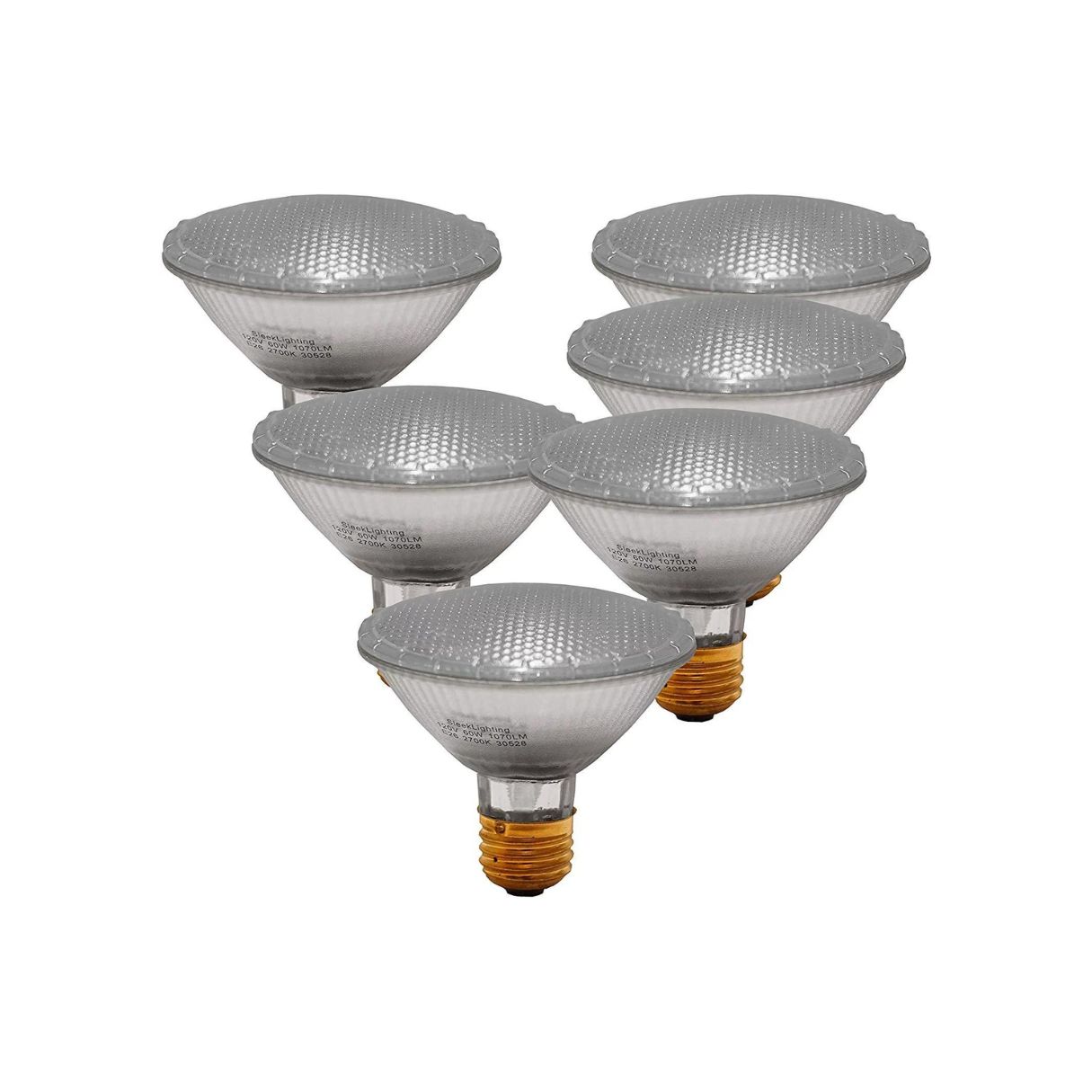
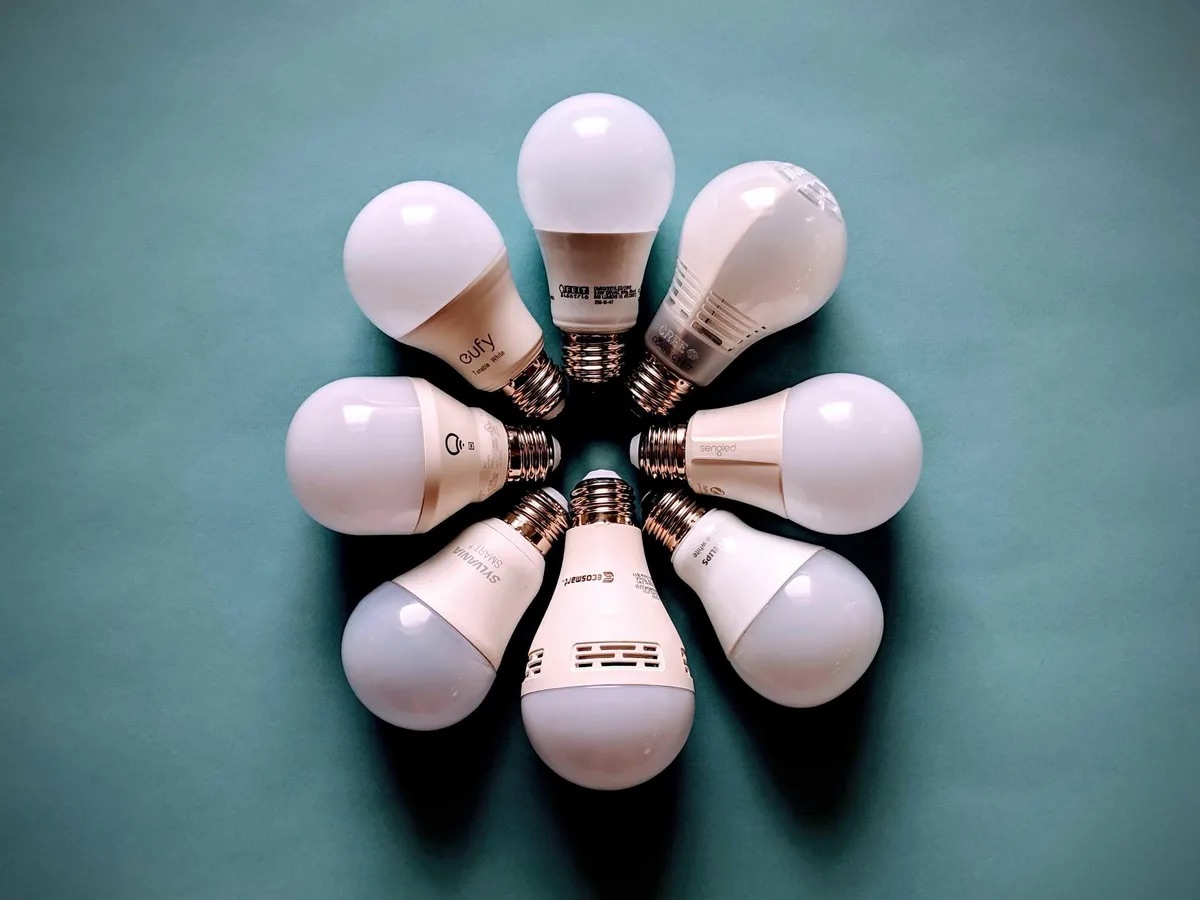
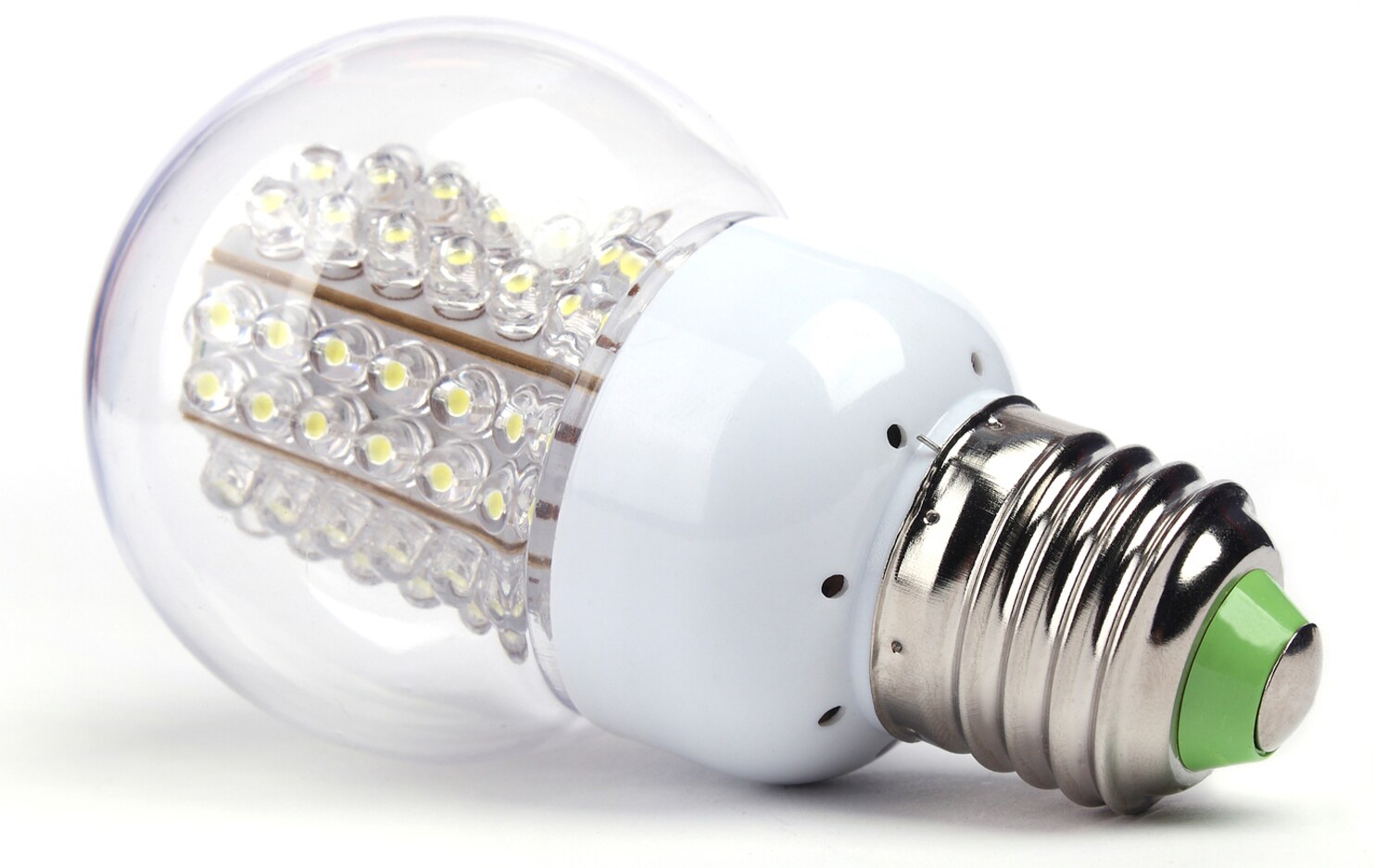
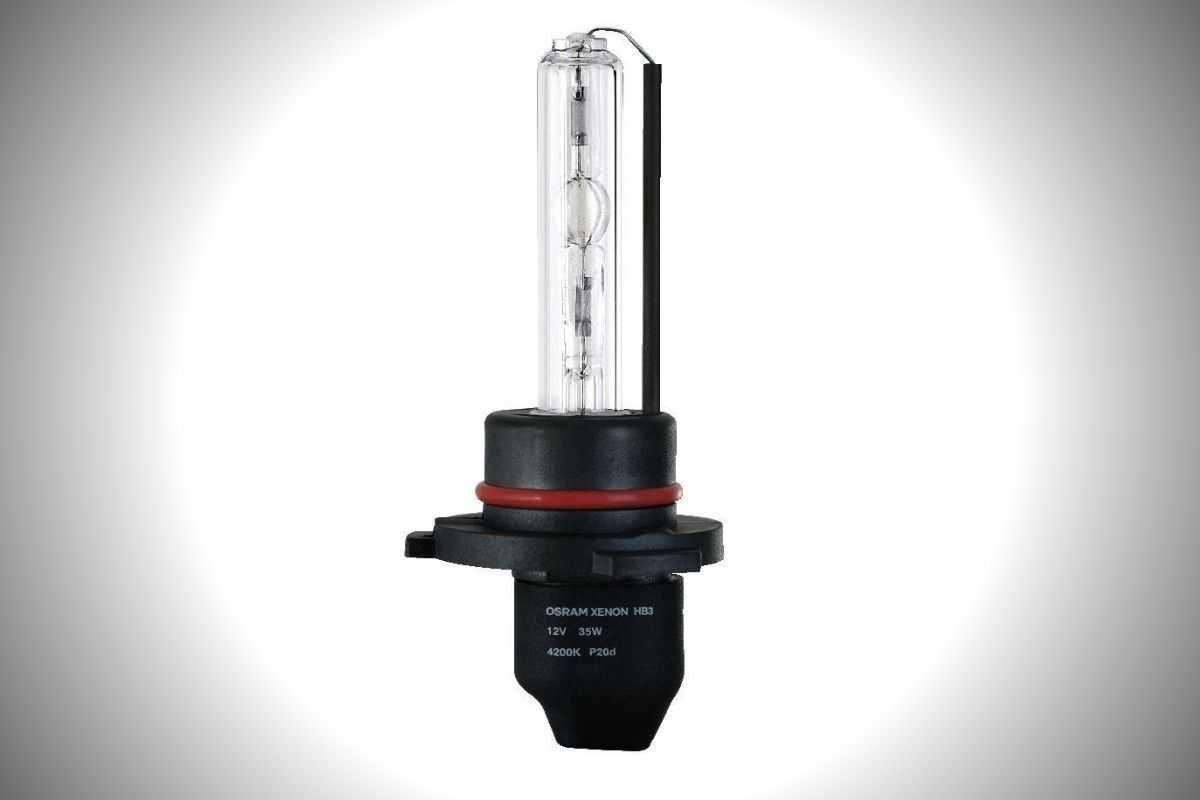
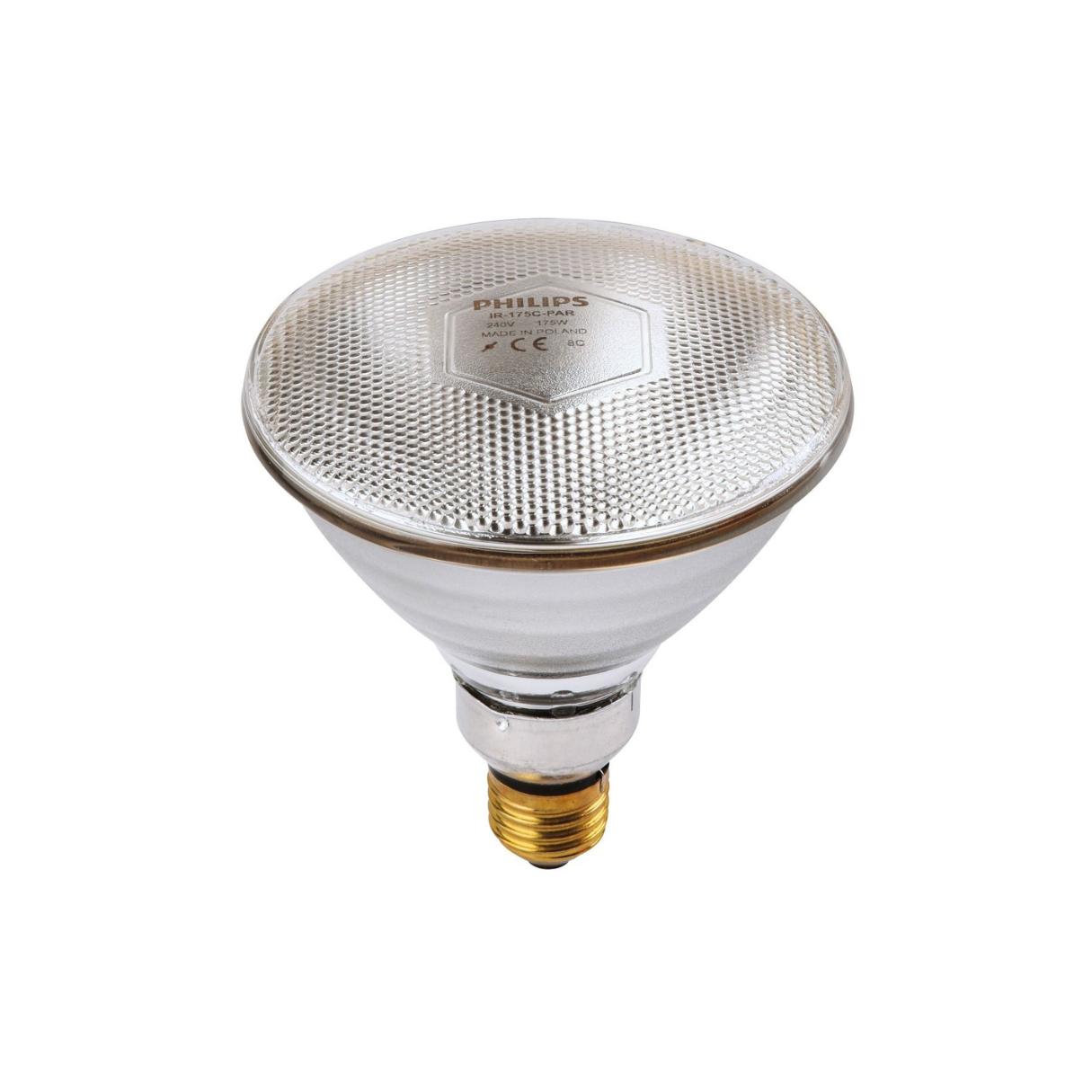


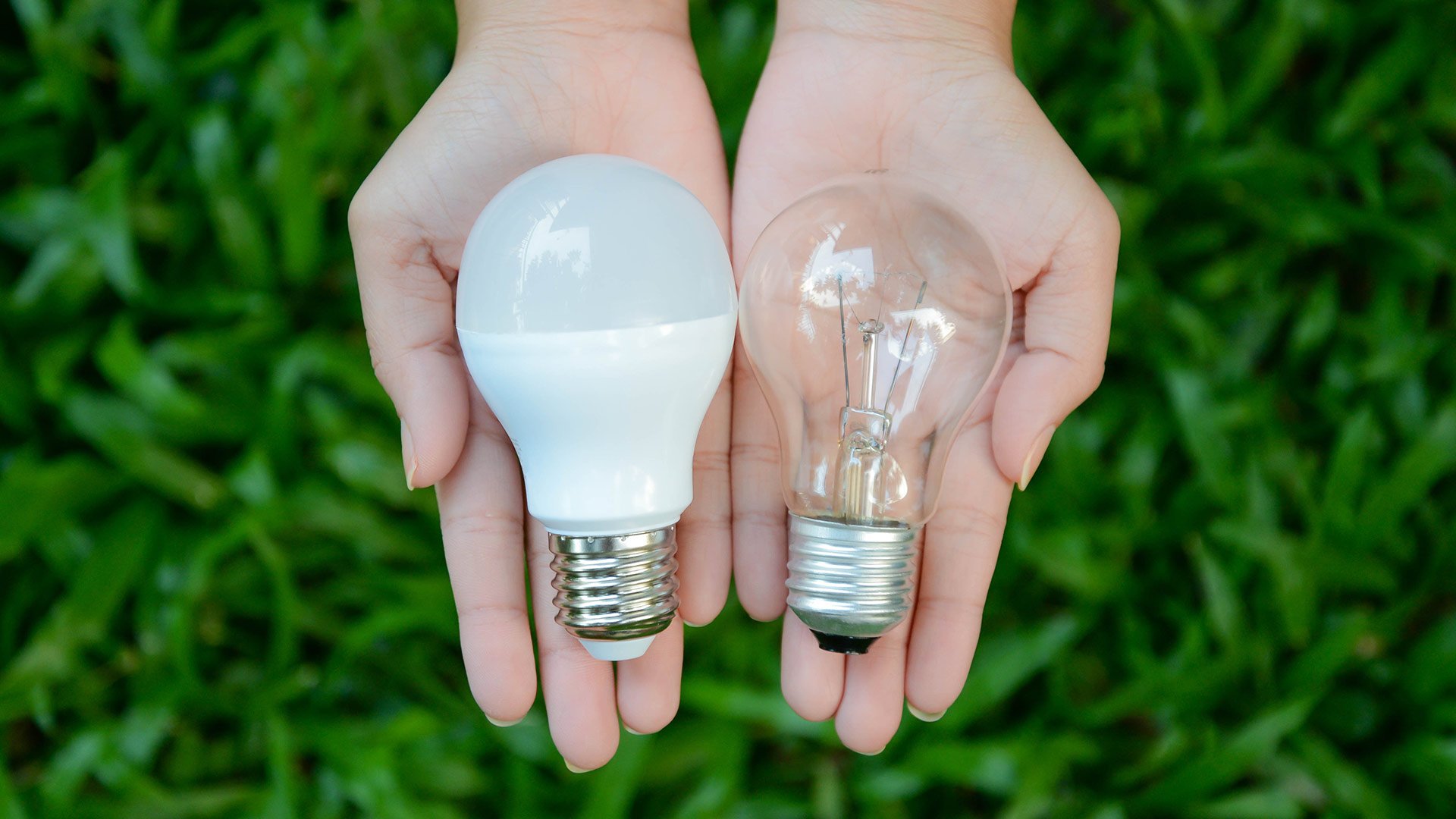
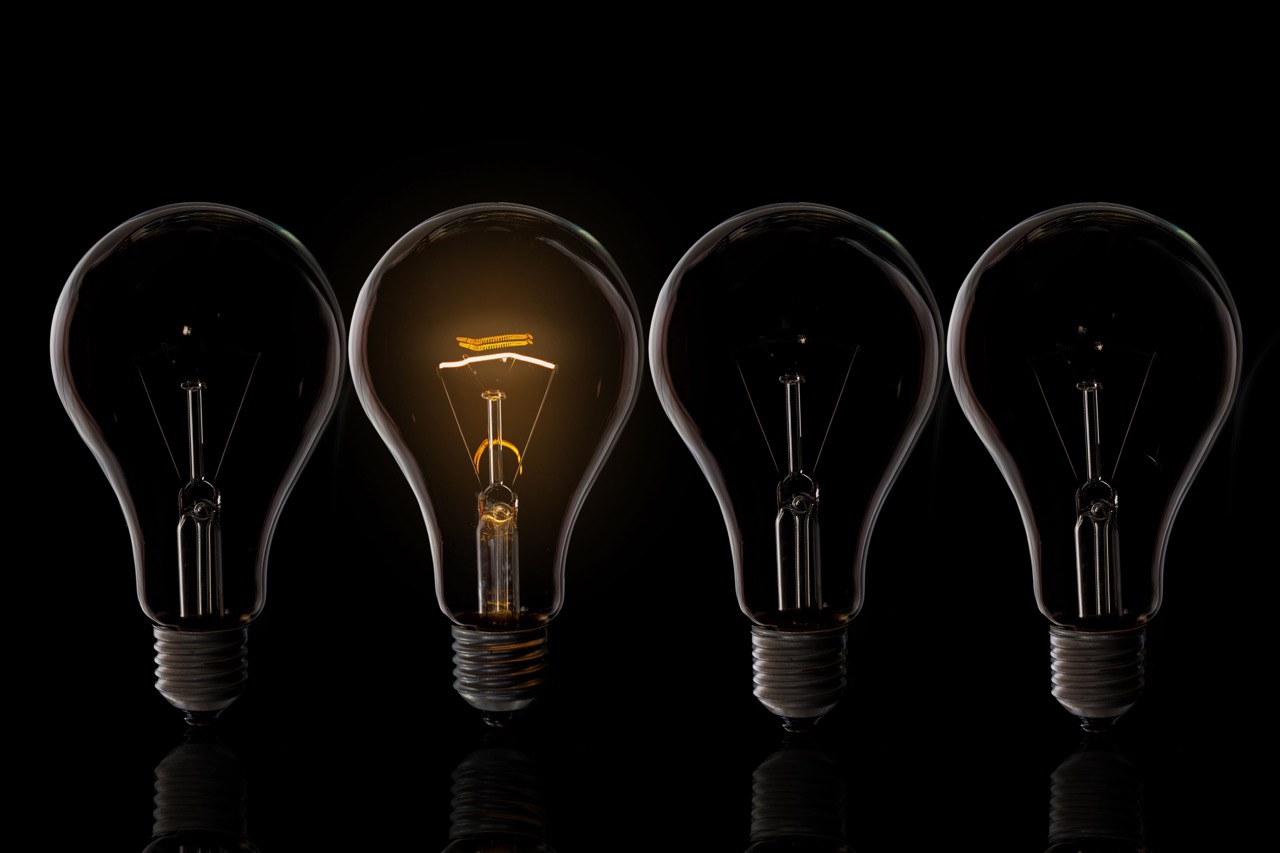
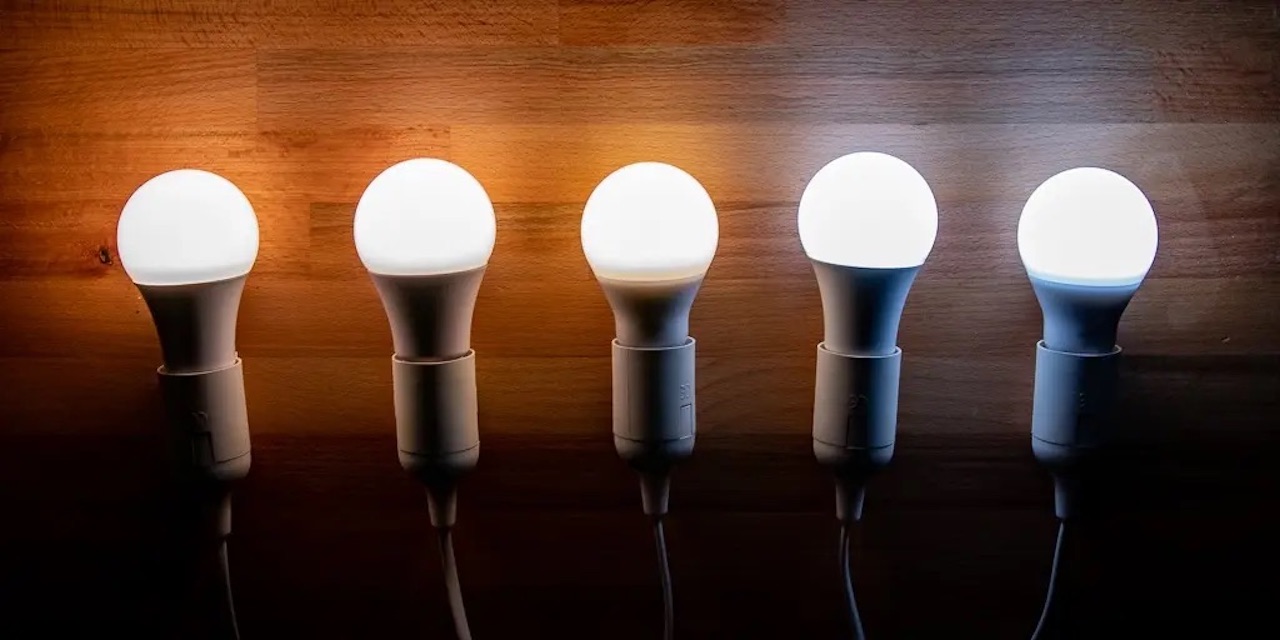
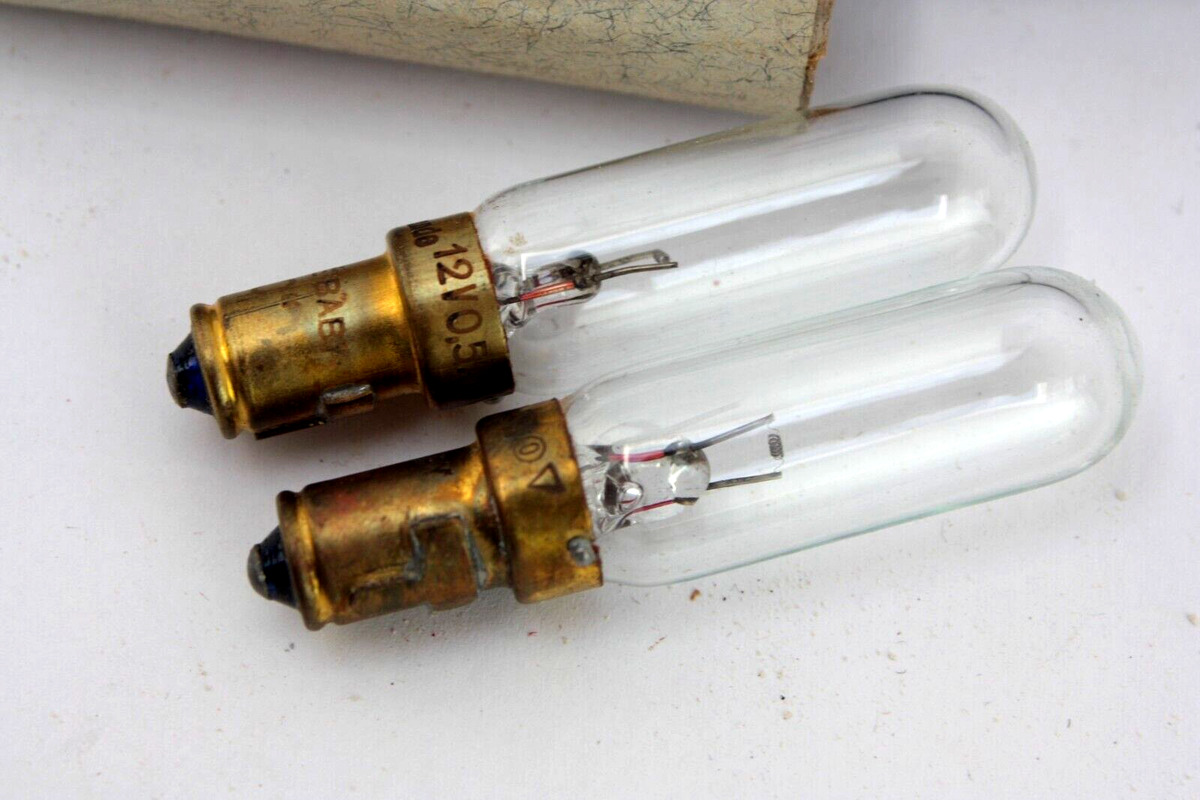
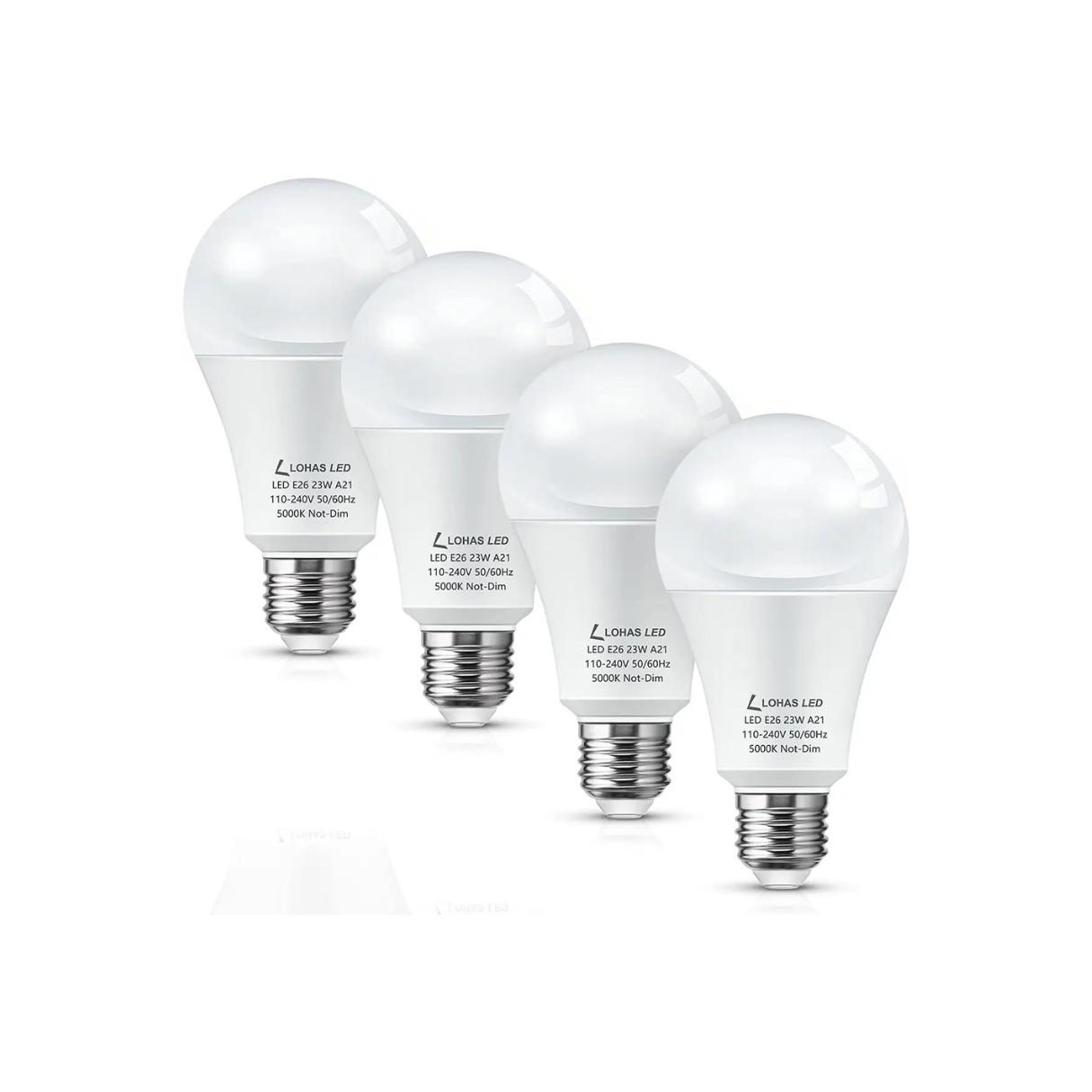

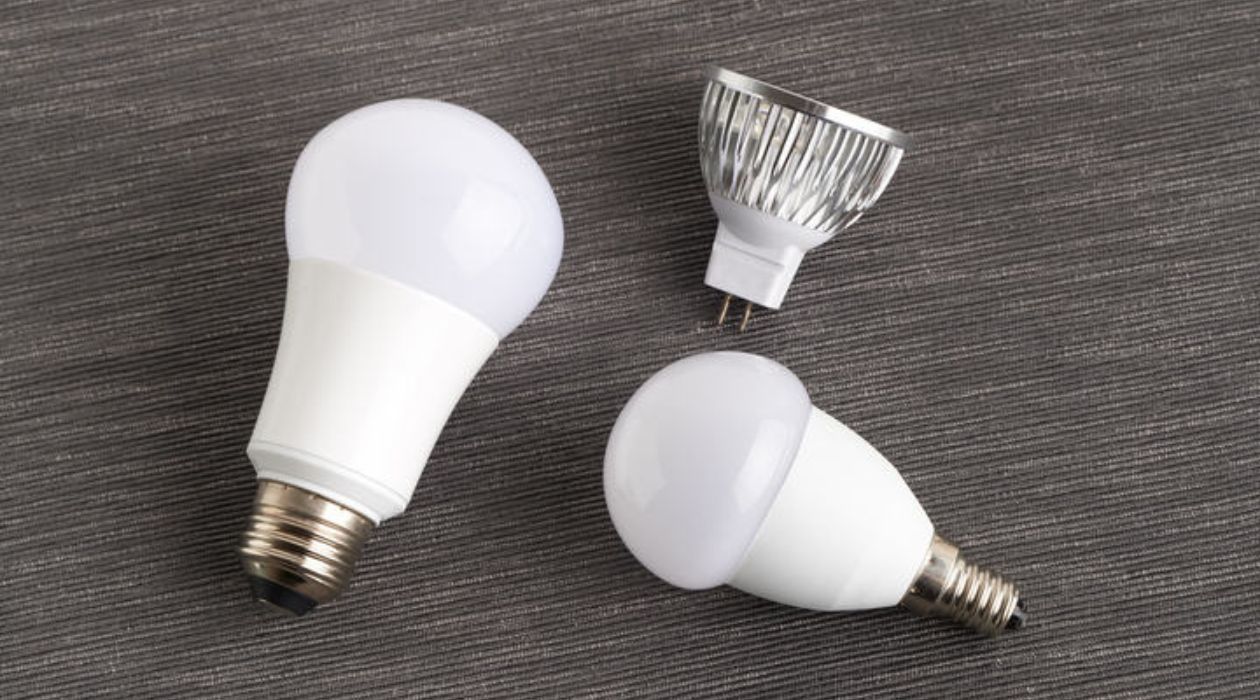

0 thoughts on “What Is A Light Bulb”